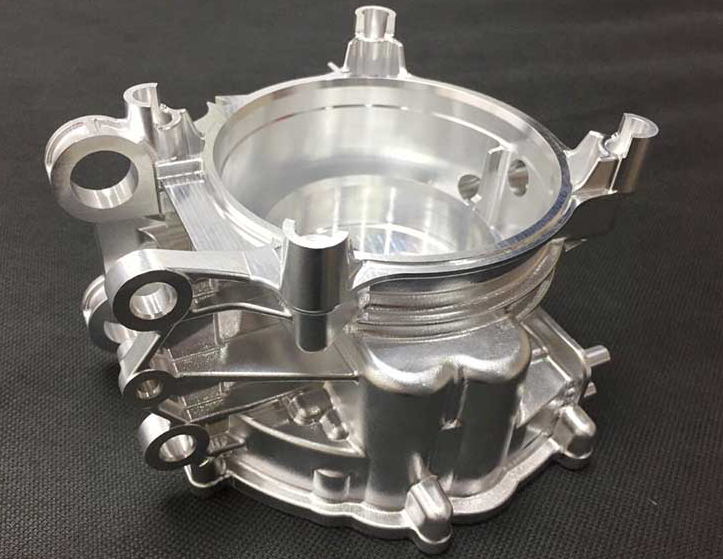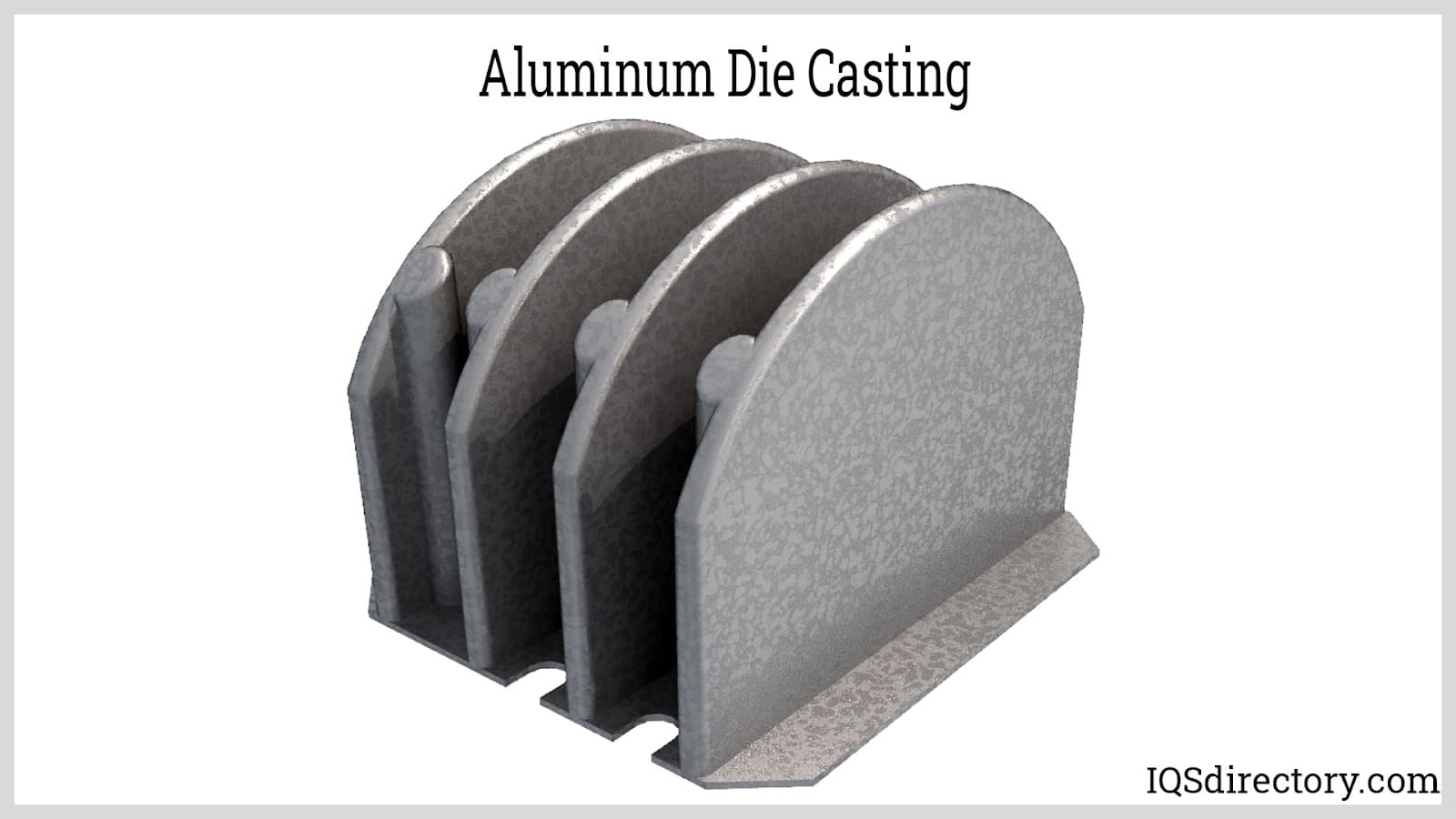Not known Facts About Stahl Specialty Company
Not known Facts About Stahl Specialty Company
Blog Article
The Stahl Specialty Company Statements
Table of ContentsSome Known Questions About Stahl Specialty Company.Some Ideas on Stahl Specialty Company You Need To KnowThe Best Strategy To Use For Stahl Specialty CompanyIndicators on Stahl Specialty Company You Need To KnowGetting The Stahl Specialty Company To WorkThe Ultimate Guide To Stahl Specialty Company

If you're designing a metal product, you've likely taken into consideration making use of light weight aluminum as the base product. Pure aluminum has actually restricted applications, so it is commonly integrated with various other aspects, such as silicon, magnesium, and manganese to form alloys.
(AA), based in North America, has created specs that manage light weight aluminum alloys' make-up, residential properties, and classification. There are two types of aluminum alloys wrought and cast.
Stahl Specialty Company for Dummies
Cast light weight aluminum alloys are made by melting pure light weight aluminum and combining it with various other metals while in fluid kind. The mix is put into a sand, die, or investment mold and mildew. After solidification, the steel is removed from its mold and mildew. At this phase, it remains in either its last type or as a billet or ingot for further processing.

The fourth digit, which comes after the decimal factor, defines if the alloy is a spreading (xxx. Wrought light weight aluminum alloys likewise start by incorporating liquified light weight aluminum with other metals. In contrast to cast alloys, nonetheless, they are created right into their last shape via processes such as extrusion, rolling, and flexing after the metal has actually strengthened into billets or ingots.
There are many small distinctions in between wrought and cast aluminum alloys, such as that actors alloys can include extra considerable amounts of various other steels than functioned alloys. The most remarkable difference in between these alloys is the construction procedure with which they will certainly go to deliver the last product. In addition to some surface area treatments, cast alloys will certainly leave their mold and mildew in practically the specific solid kind wanted, whereas functioned alloys will undertake several alterations while in their solid state.
If you think that a functioned alloy may be the very best for your project, have a look at some of our short articles that describe even more concerning particular functioned alloys, such as Alloy 6061 and Alloy 6063. On the various other hand, if you think a cast alloy would be better for you, you can discover more about some actors alloys in our Alloy 380 and Alloy 383 posts (coming quickly).
All about Stahl Specialty Company
When selecting an aluminum shop for your manufacturing needs, it's crucial to study several elements. Among the most crucial facets to consider is the experience and capability of the foundry. Aluminum Casting. Selecting a foundry that has the right expertise of the light weight aluminum spreading process, and the profile to reveal for it, aids to have a successful end result for your project
Having the experience and industry understanding to engineer your castings for optimum manufacturing and quality outcomes will certainly simplify the project. Making light weight aluminum castings needs a facility collection of procedures to accomplish the right outcomes. When picking a new light weight aluminum foundry to companion with, ensure they have extensive market experience and are knowledgeable about all aspects of the aluminum casting procedure: design, production, material analysis, and item screening.
The foundry ought to additionally have a tried and tested record of delivering outstanding items that meet or surpass customer assumptions. Quality control needs to also be at the top of your checklist when selecting a light weight aluminum shop. By dealing with a qualified foundry that adheres to the criteria for quality control, you can secure the stability of your product and ensure it meets your specs.
By picking a firm who offers solutions that satisfy or surpass continue reading this your item needs, you can be certain that your task will certainly be completed with the utmost accuracy and performance. Various parts call for various manufacturing techniques to cast light weight aluminum, such as sand spreading or die spreading.
The Best Guide To Stahl Specialty Company
Pass away spreading is the name provided to the process of creating complex metal components with use of molds of the component, additionally called dies. The procedure uses non-ferrous metals which do not include iron, such as light weight aluminum, zinc and magnesium, because of the desirable residential or commercial properties of the metals such as reduced weight, greater conductivity, non-magnetic conductivity and resistance to rust.
Die casting production is quick, making high production degrees of components simple. It produces more parts than any type of various other process, with a high degree of accuracy and repeatability. To get more information regarding die casting and pass away casting products made use of while doing so, continued reading. There are 3 sub-processes that fall under the classification of die spreading: gravity pass away casting (or irreversible mold and mildew casting), low-pressure die casting and high-pressure die casting.
After the purity of the alloy is examined, dies are created. To prepare the passes away for spreading, it is essential that the passes away are tidy, so that no residue from previous manufacturings remain.
Unknown Facts About Stahl Specialty Company
The pure steel, additionally referred to as ingot, is included to the heating system and maintained at the molten temperature of the metal, which is then transferred to the injection chamber and injected right into the die. The stress is after that maintained as the metal solidifies. When the metal solidifies, the cooling process begins.
(http://peterjackson.mee.nu/do_you_ever_have_a_dream#c2283)
The thicker the wall of the component, the longer the cooling time due to the amount of indoor steel that also requires to cool down. After the component is completely cooled down, the die cuts in half open and an ejection mechanism pushes the part out. Following the ejection, the die is closed for the next shot cycle.
The flash is the added material that is cast during the procedure. This have to be cut off using a trim tool to leave simply the major part. Deburring eliminates the smaller pieces, called burrs, after the cutting procedure. Ultimately, the element is polished, or burnished, to give it a smooth surface.
See This Report on Stahl Specialty Company

Zinc is one of the most secondhand alloys for die casting due to its reduced cost of raw products. Its corrosion resistance additionally permits the parts to be long enduring, and it is one of the extra castable alloys due to its lower melting point.
As stated, this alloy is just one of one of the most generally used, yet produces will, sometimes, pick light weight aluminum over zinc due to light weight aluminum's production benefits. Aluminum is extremely affordable and among the more flexible alloys. Light weight aluminum is used for a number of various products and markets anything from window frameworks to aerospace materials.
Report this page